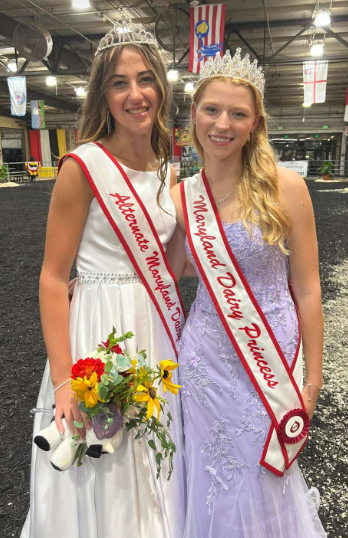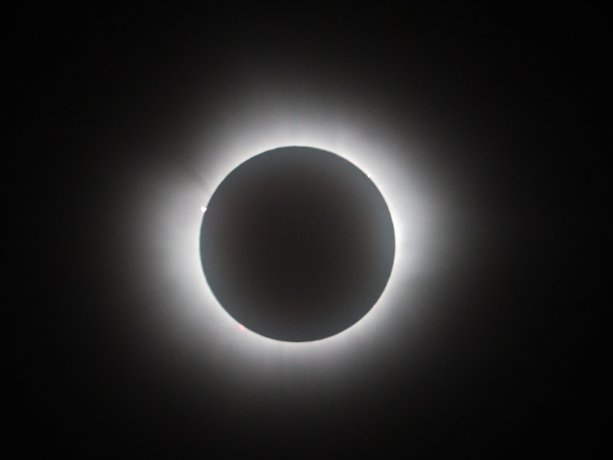If fireworks were only just gunpowder, there would be no color in these small fire explosions. Many different metal compounds included in them can bring in the bright colors we see on the holidays.
According to popularmechanics.com, “salts and other metal compounds allow a firework to detonate in bursts of bright blue or rich red. To make red, fireworks contain strontium salts and/or lithium salts, with the strontium producing a brighter red reaction. Calcium salts make orange, while sodium salts (as in table salt) explode in yellow. Green comes from the compound barium chloride, blue from copper chloride.”
The article goes on to explain that some colors are a little different to make, as, “silver or white colors are made of aluminum or magnesium. If you want purple, you have to work a little harder: Combine strontium salts for red and copper chloride for blue to create a purple explosion.”
With so many different styles of fireworks and novelties, there’s different methods of creating them to gain different effects. With small novelties like sparklers, a “slurry” is made, and that is what the sparkler is dipped into. This burns slowly and produces the small sparkling effect that does not explode like a traditional firework, according to popularmechanics.com.
Roman candles are cardboard tubes that, once lit, start building pressure to set off the effect. Popularmechanics.com states Roman candles usually feature a couple of stars within the tube separated by a delay (or powder) charge that spaces the explosions out. To ensure that the flame doesn’t reach the next star before all of the powder has been burned away, the powder gets tightly packed. This helps avoid misfiring.
Ground spinners are “a tapered tube with clay on either end, and a series of propellants inside to give the firework a variety of colors. When the fuse is lit, it ignites the first of the propellants. The gas from the reactions escapes out the small hole where the fuse once went into the firework, which propels the firework along its center axis. The tube spins because it’s off-balance—the weight not being evenly distributed throughout—causing it to jump around” according to popularmechanics.com.
With many different types of firework designs, senior Rachel Roberts says the willow fireworks are her favorite. “I love the gold or silver stars that cascade down from the firework and hang there for a little bit. They are always my favorite to watch.”
With all these different components, fireworks have so many different methods to create different colors and bright visuals.
















